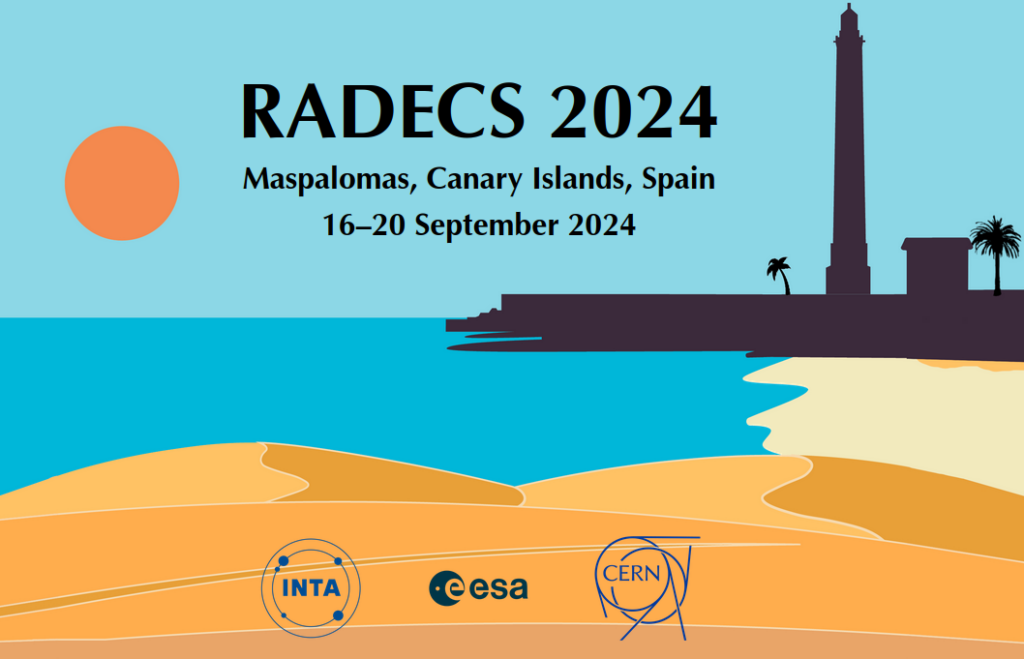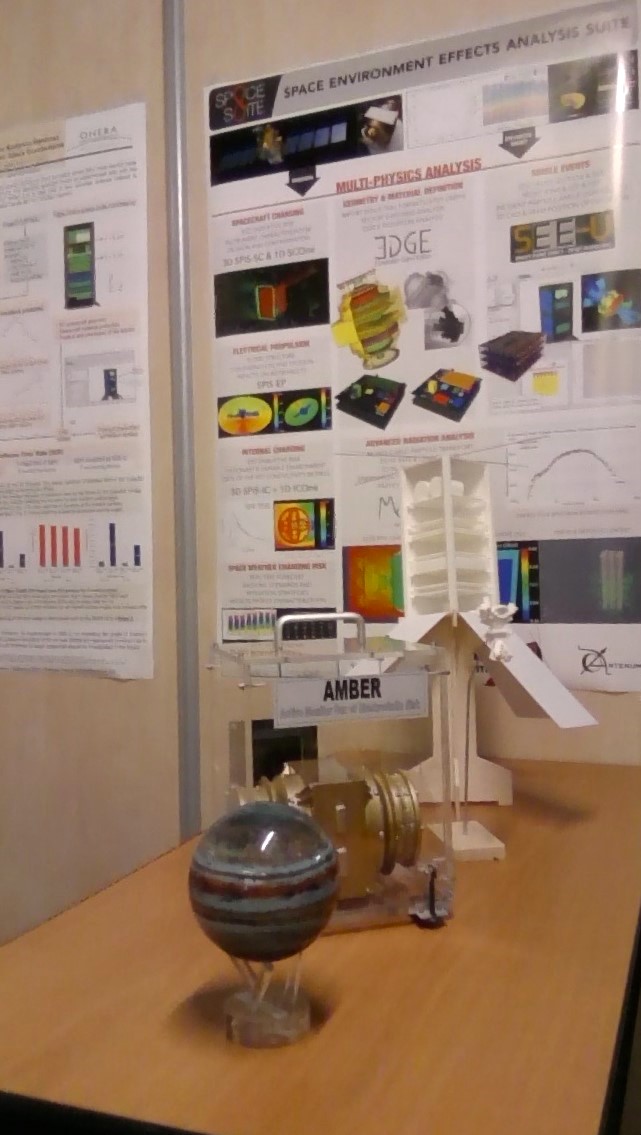The SpaceSuite team is excited to announce its participation in the RADECS 2024 conference, which will take place from September 16-20 in Maspalomas, Canary Islands, Spain. RADECS (Radiation Effects on Components and Systems) is a leading event that brings together experts from around the world to discuss advancements in radiation effects on electronic components and systems.

At the conference, Artenum will be presenting its innovative SpaceSuite offers, such as software licenses, dedicated studies or trainings, designed specifically for modeling the effects of the space environment on spacecraft and electronic systems. Visitors to our stand will have the opportunity to explore our cutting-edge tools, including modules for radiation analysis, space environment simulation, and spacecraft design.
Our team will be available to provide live demonstrations, answer questions, and discuss how SpaceSuite can help address the challenges of operating in the harsh space environment. We invite all attendees to visit our stand to discover how our solutions can enhance the reliability and performance of their space missions.
Join us at RADECS 2024 to learn more about how Artenum’s SpaceSuite is advancing the field of space environment modeling.

